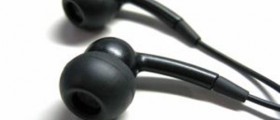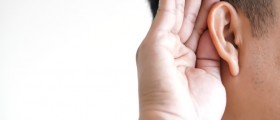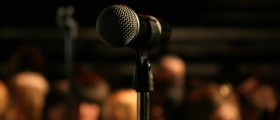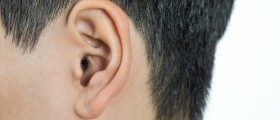
Loss of hearing can be caused by many things, including some congenital problems and different medical conditions. Congenital means that the person is born with impaired hearing, usually with some improperly developed or improperly working parts of the hearing apparatus. Besides this, ear infections, serious infections like meningitis, head injuries, loud noise coming from machinery or loud music inside the headphones can also seriously affect the hearing and cause deafness. Fluid accumulated in the middle ear can also be blamed for some cases of hearing impairment.
Types of Deafness
Doctors usually differentiate several types of hearing loss, depending on the cause of this problem. So, there are conductive, sensory, mixed and neural hearing loss.
Conductive deafness is usually provoked by certain problems in parts of the middle or outer ear. In most cases this is a mild and temporary problem which can be treated. Sensory hearing loss, on the other hand, is caused by damaged or destroyed hair cells in the cochlea. This deafness might vary from mild, when the person cannot hear properly some of the sounds, to very severe, when he/she cannot hear almost anything around him/her. Mixed deafness contains both conductive and sensory causes of hearing loss, while neural deafness is commonly associated with some problematic connection between the brain and the cochlea. Neural hearing loss is caused by damage of the nerves which transmit the information regarding the sound from the cochlea to some parts of the brain.
How is Deafness Measured?
Hearing tests usually determine the loss of hearing in tested patients, but also identify the quietest sound this person can hear. Hearing specialist plays many different sounds, with various pitches, looking for the sound the person cannot hear. Hearing loss is considered to be more serious if the sounds are higher.
Measured in decibels, this means that the person who cannot hear some sound in the range from 0 to 19 decibels will not have any problems or just some slight difficulties to follow someone’s speech. Mild deafness is diagnosed in people who cannot hear between 20 and 40 decibels. These patients might find it difficult to follow the speech in noisy environment. If a person cannot hear from 41 to 70 decibels, he or she is considered to have moderate deafness and need to wear some hearing aid in order to follow the speech.
Severe deafness is characterized by inability to hear something in between 71 to 95 decibels. Patients need a hearing device and usually combine it with some lip reading. People who cannot hear anything above 95 decibels are profoundly deaf and commonly use sound language or sometimes deafblind manual alphabet.

















Your thoughts on this
Loading...